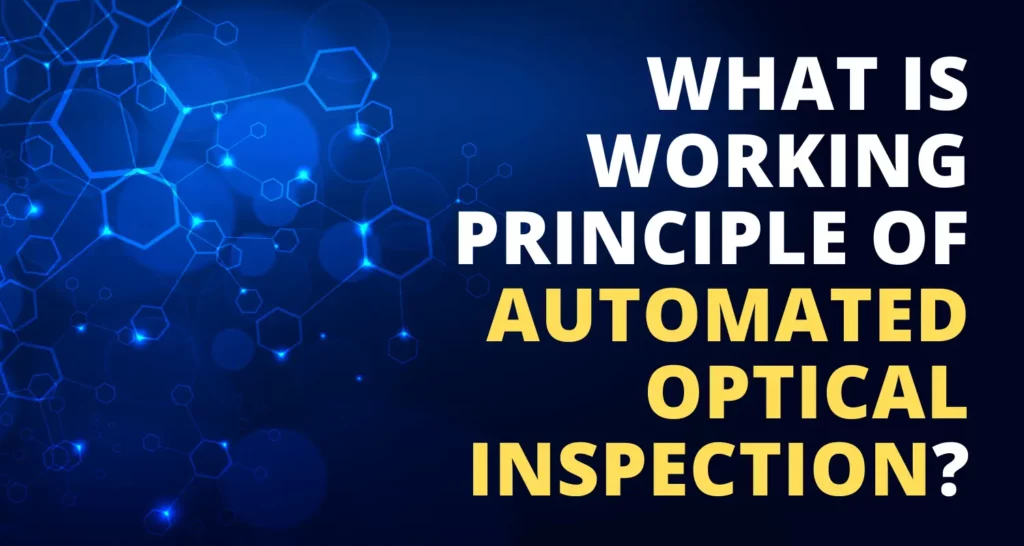Introduction
Have you ever wondered how manufacturers ensure the products you buy are free from defects? One crucial technology they rely on is Automated Optical Inspection (AOI).
In this blog, we’ll dive into the working principle of AOI in simple terms, shedding light on how it revolutionizes quality control in manufacturing.
What is Automated Optical Inspection?
Automated Optical Inspection (AOI) is a cutting-edge technology used in manufacturing to inspect products for defects and anomalies. Instead of relying on human inspectors, AOI systems use advanced cameras, lighting, and image processing algorithms to analyze components with incredible accuracy.
Working Principle of Automated Optical Inspection
At its core, AOI operates by capturing high-resolution images of the product under inspection. These images are then processed by specialized software, which compares them against predefined standards or models of a defect-free product.
Here’s how it works:
Image Acquisition:
AOI systems utilize multiple cameras positioned at different angles to capture images of the product from various perspectives. This broad coverage ensures that even the smallest details are caught.
Image Processing:
Once the images are captured, the software meticulously analyzes them, identifying any anomalies or deviations from the expected specifications. This process involves intricate algorithms that can differentiate between acceptable variations and actual defects.
Defect Detection:
Upon detecting a potential defect, the AOI system flags the irregularity for further examination or corrective action. This could involve alerting an operator to inspect the faulty component manually or triggering automated adjustments in the production process to rectify the issue.
Types of Automated Optical Inspection
Automated Optical Inspection encompasses various techniques tailored to different manufacturing needs. These include:
i). 2D AOI: Ideal for inspecting surface defects on flat objects such as PCBs.
ii). 3D AOI: Offers detailed analysis of complex surfaces, enabling precise measurements and defect detection.
iv). Offline AOI: Conducted separately from the production line, allowing for more comprehensive analysis and troubleshooting.
Applications of Automated Optical Inspection
The versatility of AOI makes it indispensable across a multitude of industries, including:
i). Electronics: Ensuring the quality of PCBs, electronic components, and assemblies.
ii). Automotive: Detecting defects in engine parts, automotive electronics, and vehicle assemblies.
iii). Aerospace: Verifying the integrity of aircraft components, avionics systems, and structural elements.
iv). Medical Devices: Maintaining the precision and reliability of medical instruments and equipment.
v). Pharmaceutical: Inspecting pharmaceutical packaging, pill coatings, and dosage forms to ensure safety and efficacy.
Conclusion
The working principle of Automated Optical Inspection (AOI) underscores its vital role in modern manufacturing, guaranteeing impeccable product quality. For top-notch metrology solutions and software, look no further than VIEW.
At VIEW, our cutting-edge devices and software empower manufacturers to achieve unparalleled precision and efficiency in quality control. Trust VIEW to elevate your manufacturing processes to new heights of excellence.
